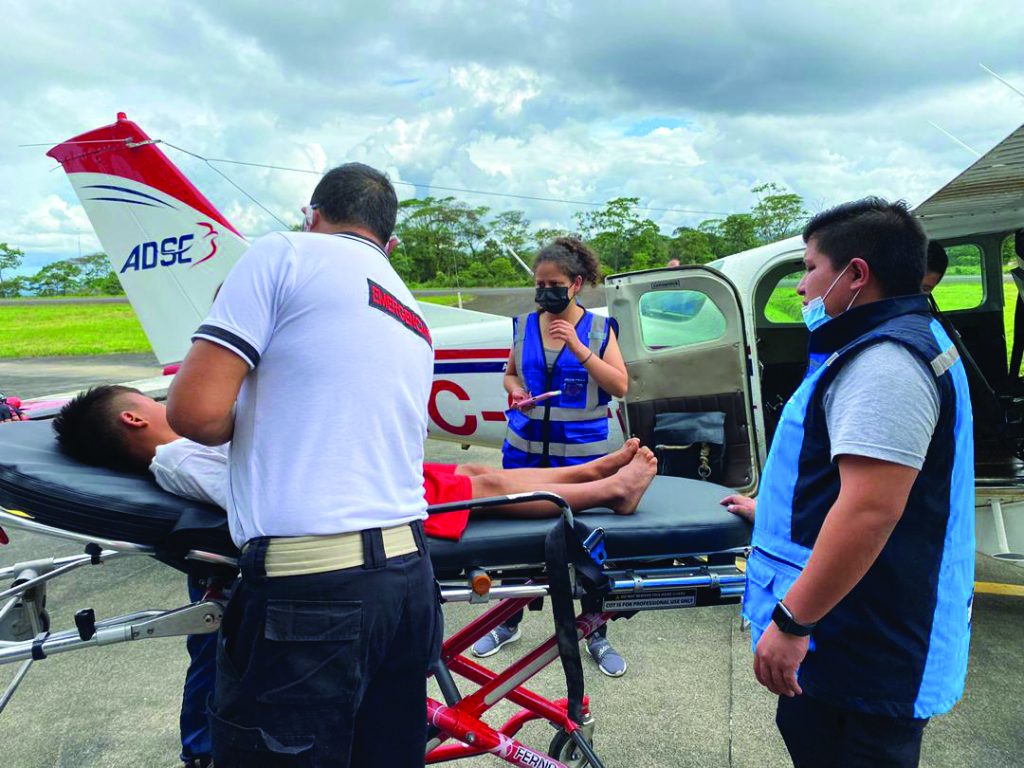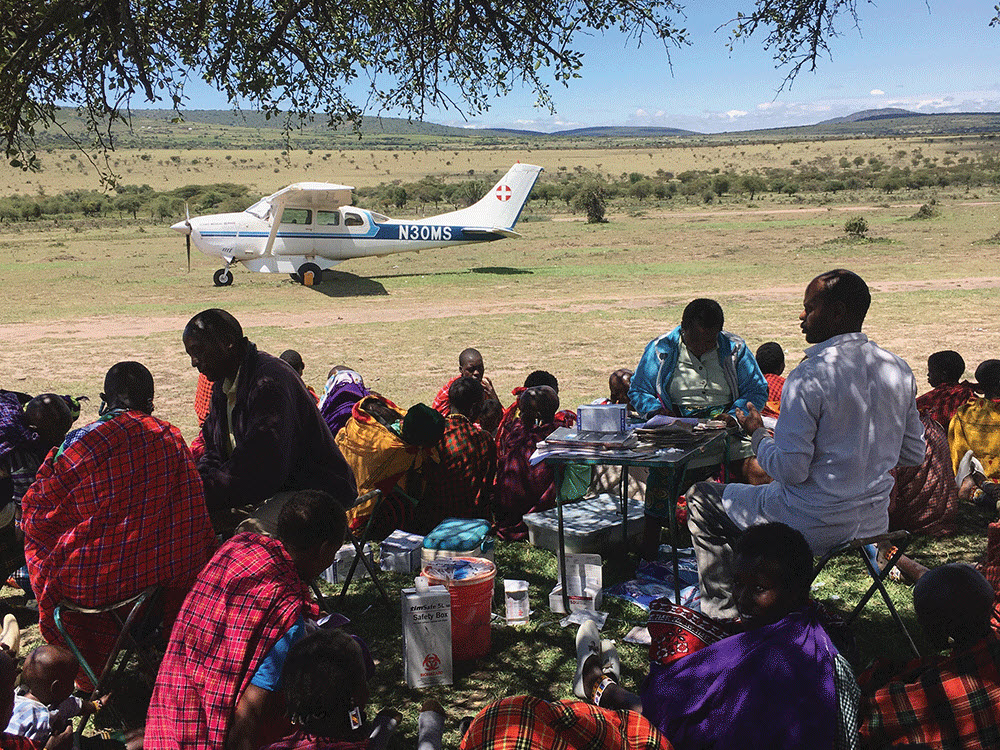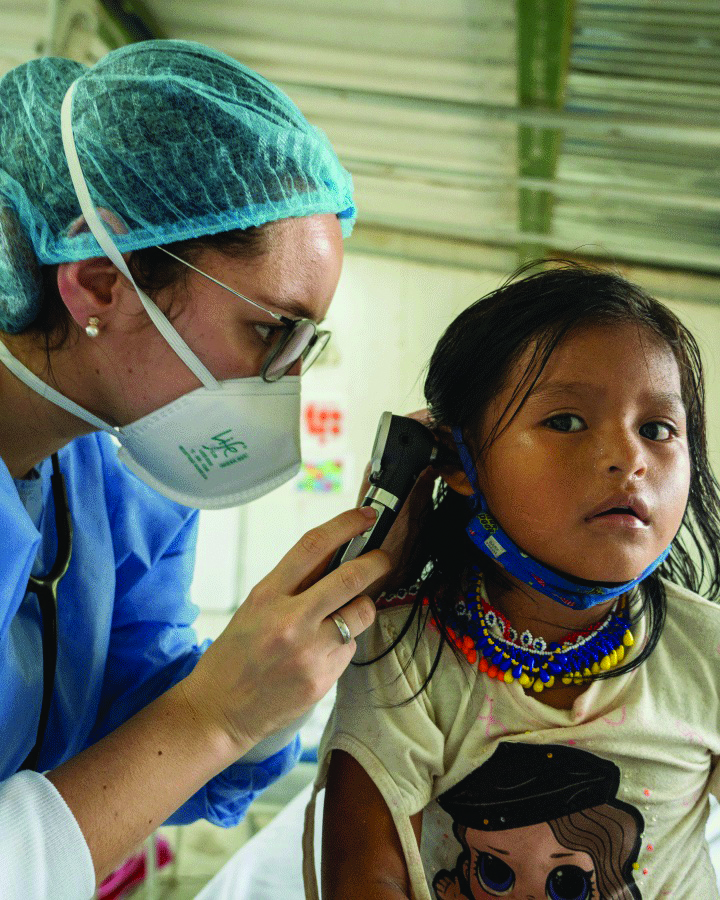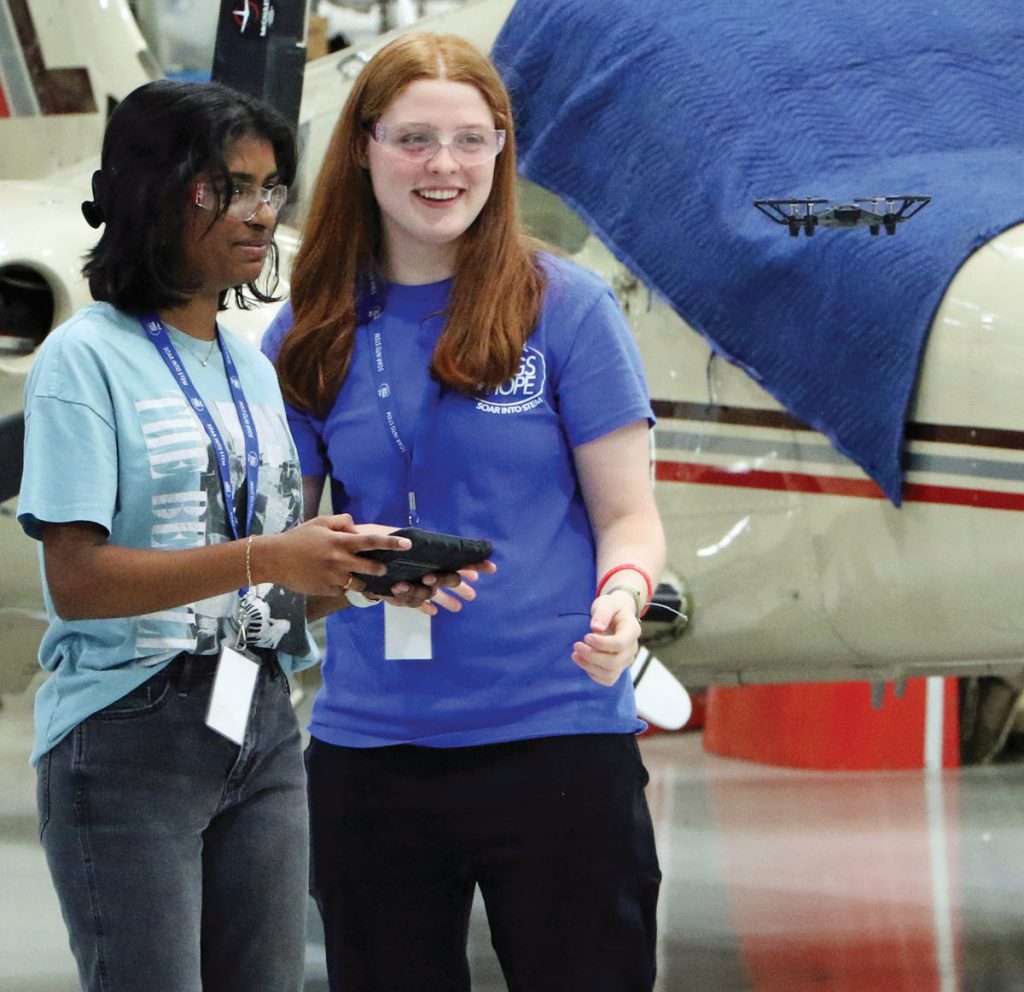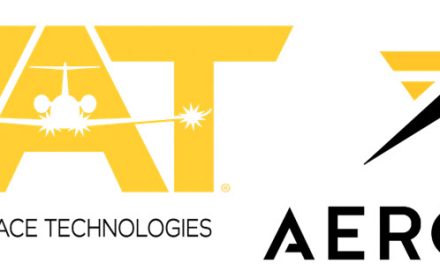Celebrating 60 Years of Changing and Saving Lives Through the Power of Aviation
From military service to disaster relief assistance to simply making it easier for us to connect with one another, airplanes have long played a crucial role in serving humanity. Operating out of a humble hangar at Spirit of St. Louis Airport in Chesterfield, Mo., Wings of Hope has been a part of this story for 60 years.
Founded in 1963, Wings of Hope was the brainchild of four St. Louis businessmen who learned of missionaries flying around Kenya providing medical care and resources to communities in need. What started as a capital campaign to raise money to send a metal plane to the missionaries has grown into a global humanitarian network that served more than 40,000 people in 10 countries in 2022.
Medevac Services and Aviation-supported Medical Brigades
How does this Midwest aviation nonprofit impact so many worldwide? Through partnership. Wings of Hope works with community partners to connect people with the resources they need to live healthy and dignified lives. The ultimate goal is helping communities build sustainable solutions to determine their own futures, long after Wings of Hope has moved onto its next mission.
Wings of Hope’s Global Humanitarian Network fulfills the nonprofit’s mission of saving and changing lives through the power of aviation using two models: medevac and brigade services. Providing medevac services begins with establishing a communications platform that allows a remote village to communicate with the Wings of Hope field base partner that a member of the village needs lifesaving treatment. Medevac flights respond to these emergency calls for help — flying into remote regions to provide emergency treatment onsite or transportation to the nearest hospital.
Brigade service delivery typically does not involve emergency transport. Rather, the field base works with the local community and health workers to schedule a visit, sometimes weeks in advance. Medical equipment and health care providers are transported by plane to the village and provide services based on local needs.
Medical Air Transport in the U.S.
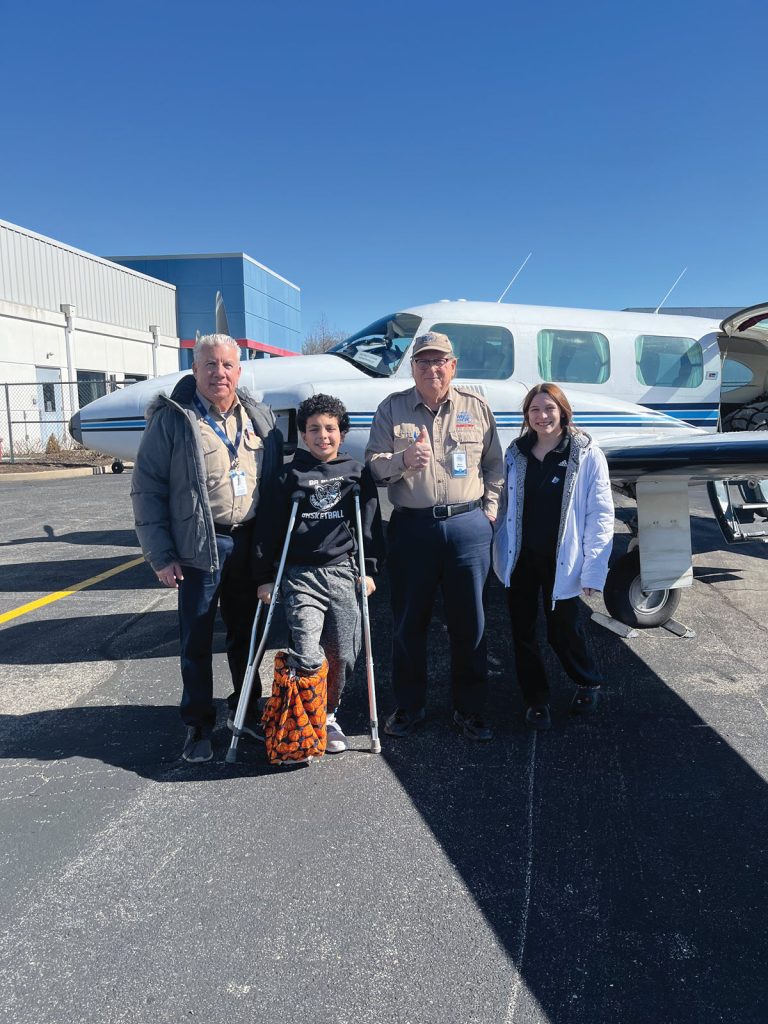
Wings of Hope made its first medical air transport flight in the U.S. in 2003. Since then, its Medical Relief & Air Transport (MAT) Program has flown thousands of individuals and their families to transformative health care at the country’s top hospitals, including the Mayo Clinic, M.D. Anderson, and Shriners Hospitals for Children.
The MAT Program operates with three stretcher-capable piston twins: two Senecas and a Navajo. The all-volunteer, two-pilot crews fly within an 800-mile radius of St. Louis.
A family’s financial resources are never a consideration when evaluating requests for help. All flights are free, removing this hefty financial burden from the stresses of managing serious health conditions. In every case, Wings of Hope makes a commitment to transporting patients as long as they need the organization’s support, which for many spans months and even years of service.
Born with one leg shorter than the other, 16-year-old Micah has been flying with Wings of Hope from her home in Kansas to Shriners Children’s St. Louis since she was 5. After 16 surgeries and countless follow-up appointments at Shriners, Micah is close to completing her treatment. She and her mom consider Wings of Hope a “home away from home.”
Micah says her last flight with Wings of Hope will be bittersweet: “You guys have watched me grow up.”
“We don’t know what we would have done without Wings of Hope,” says Micah’s mom.
The high-school sophomore is on track to graduate early. While she’s not quite sure what she wants to do after graduation, thanks to all the miles she’s racked up with Wings of Hope, being a flight attendant is on Micah’s short list.
While Wings of Hope typically completes upwards of 200 MAT missions annually, the past couple of years reflect lower numbers due to COVID-19 limitations. In 2022, Wings of Hope flew 121 missions for 95 patients and their families in its fleet of dedicated MAT planes. Wings of Hope also paid to fly 98 patients on commercial airlines, a more economical option for some patients who can tolerate a commercial flight.
STEM and Aviation Education for Students
STEM and Aviation Education for Students
In 2019, in response to the growing shortage of pilots and mechanics, Wings of Hope established SOAR into STEM, a project-based STEM and aviation education program to engage students in pursuing aviation career paths. “I’ve learned that the best way to get young people excited about STEM is to give them something real to work on,” says SOAR into STEM Education Coordinator Robert Powell.
The four-week education program embraces that philosophy — offering hands-on experiences working on planes in the Wings of Hope hangar, using a flight simulator, flying drones, and taking a Discovery flight with a certified flight instructor. Through SOAR into STEM, summer camps, internships, and community outreach programs, Wings of Hope engaged 905 students in STEM education in 2022.
How You Can Get Involved
Wings of Hope’s funding is mainly derived through personal donations, the sale of tickets from its semiannual aircraft raffles, and aircraft donations. To learn more, stop by the Wings of Hope booth #2119 at EAA AirVenture 2023 or visit wingsofhope.ngo.
For a YouTube video overview of Wings of Hope, visit youtu.be/1kCwJiYWPCA.

